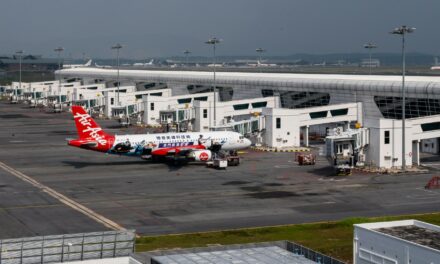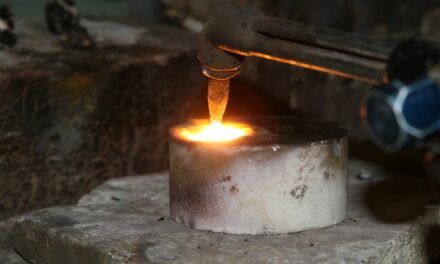The ASEAN manufacturing sector saw conditions improve again in February, although only marginally, official data showed on Friday.
“A buildup of orders from previous months and higher staff numbers supported a sustained rise in production. However, manufacturers again failed to record any growth in new orders,” said Maryam Baluch, economist at S&P Global Market Intelligence.
The headline S&P Global ASEAN Manufacturing Purchasing Managers’ Index rose to 50.4 in February from 50.3 in January. Anything below 50.0 signals that the sector contracted during that month, while anything above indicates expansion.
Although the improvement was only marginal, it is still a positive sign following a five-month streak in contraction territory before January.
“As long as demand weakness is contained and limited, there is hope for further improvements in overall conditions across the region in the months ahead,” Baluch said.
Closer look at ASEAN manufacturing sector
Indonesia’s manufacturing PMI fell to 52.7 in February, down from 52.9 in January.
“[In Indonesia], solid domestic demand supported growth in new orders and output, while foreign demand stagnated in February and will be worth watching in the months ahead for signs of firmer global conditions,” Jingyi Pan, economics associate director at S&P Global Market Intelligence, said.
In the Philippines, the headline figure rose to 51.0 in February from 50.9 a month before.
“The start of the year was somewhat subdued for Filipino manufacturers, amid muted demand. However, in February, growth in new orders gained momentum, which in turn supported a fresh rise in employment and sustained growth in purchasing activity,” said Baluch in a separate note.
Manufacturers in Vietnam recorded a PMI of 50.4 in February, up fractionally from 50.3 in January.
“Particularly positive elements of the latest PMI survey were renewed job creation and the strongest business confidence for a year,” S&P Global Market Intelligence Economics Director Andrew Harker noted in a separate release for Vietnam.
Thailand’s manufacturing sector shrank again in February. The PMI fell to 45.3 in February from 46.7 in January.
“Conditions in Thailand’s manufacturing sector worsened from the opening month of the year with incoming new orders falling at the sharpest pace since the pandemic, ” said Pan in another note released on Friday.
“Although manufacturing output continued to expand, a reduction in new work coupled with depleting backlogged work hint at the likelihood for downturn ahead.”
In Malaysia, manufacturers continued to tread a path towards recovery with a headline figure of 49.5 in February, improved from 49.0 in January.
“The latest S&P Global Malaysia Manufacturing PMI suggests that firms began to see demand conditions turn a corner during February. There were only slight moderations in output, total new orders and exports as firms mentioned pockets of demand building up in the manufacturing sector,” said Usamah Bhatti, another economist at S&P Global Market Intelligence.
Myanmar’s manufacturing sector saw a further deterioration in operating conditions in February, with a PMI of 46.7. This was, however, up from 44.3 in January.
“The violent altercations between the military junta and rebel forces have somewhat ebbed since they reignited late last year,” Baluch said in a different release.
“Reduced fighting in turn helped soften the downturn in manufacturing during February and ease pressures off supply chains. Output and new orders, which remained in contraction, declined at weaker rates.”
ASEAN manufacturing sector outlook
There is hope for further improvements in overall conditions across the region, Baluch said.
“However, as current growth momentum remains relatively subdued, as seen in the last two survey periods, improvements in demand conditions will be keenly monitored as this will help to boost the sector’s performance,” Baluch said.
Singapore’s PMI will be released on Tuesday.
The S&P Global ASEAN manufacturing PMI is compiled by S&P Global from responses to monthly questionnaires sent to purchasing managers in panels of manufacturers in Indonesia, Malaysia, Myanmar, the Philippines, Singapore, Thailand and Vietnam, totaling around 2,100 manufacturers. These countries account for 98% of ASEAN manufacturing value added, according to World Bank world development indicator.
Data for the PMI were collected between February 2 and 23.






